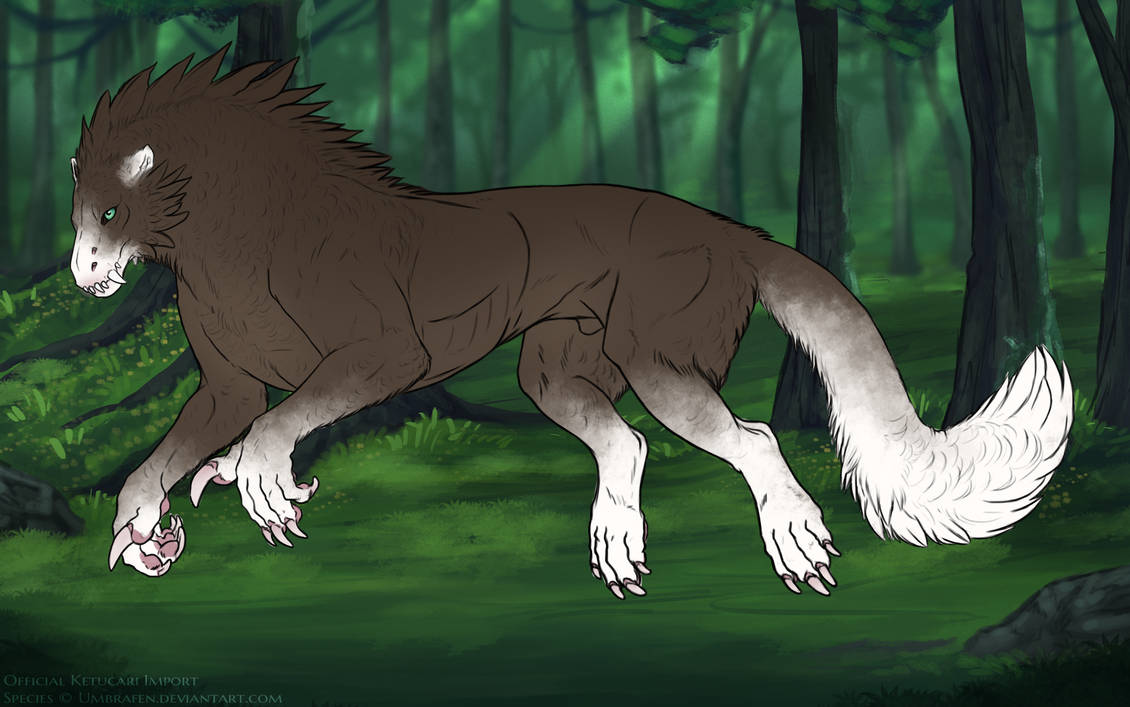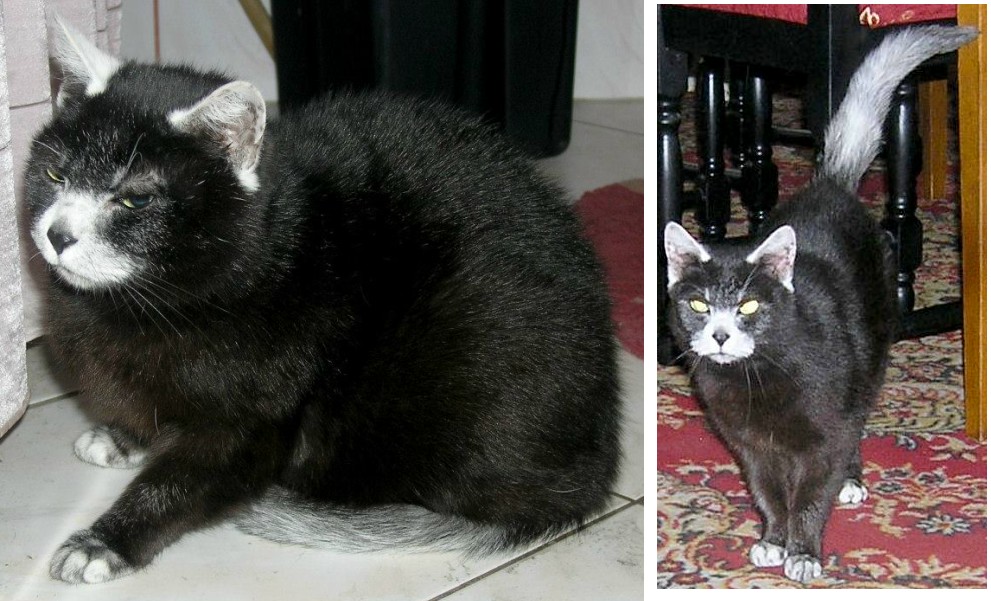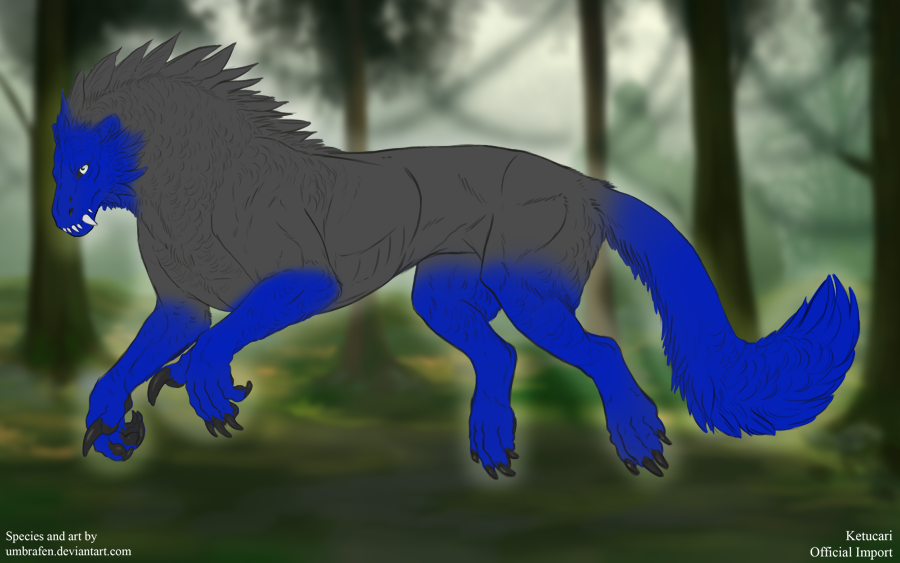Karpati
Examples
Real Life Examples
Basics
- Karpati causes a loss of pigment at the extremities, similar to the karpati mutation in domestic cats.
- In your ketucari’s genotype, karpati is represented by “nKr” (heterozygous) or “KrKr” (homozygous)
- In its heterozygous form, karpati has a passrate of 50%. Homozygous karpati has a passrate of 75%
Color and Shape
Karpati must always be pure white. Karpati should be soft-edged, or heavily textured-- similarly to calacatta or roan.
Range
Karpati must be present in at least 10% of the range, and must display visibly in the following locations: the muzzle, the ears, the tips of the front and back toes, and the tip of the tail. While there is no set minimum for each area, it should be visible in each location.
Below is the maximum range for karpati.
Interaction with Other Markings
- Karpati covers all normal markings, and is covered by all other white markings.
Accents
- Karpati should be heavily textured or soft-edged, and may fade into the base coat.




